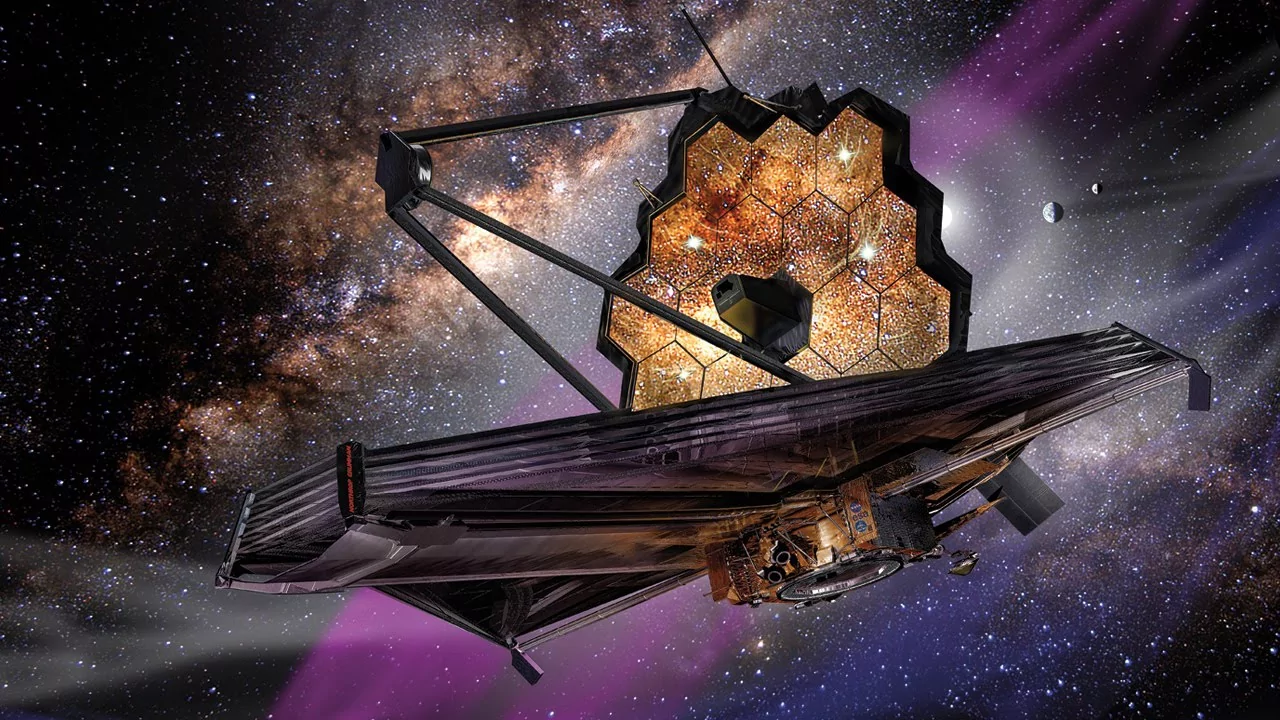An international team of astronomers has discovered the oldest and most distant galaxies confirmed to date, using data from the James Webb Space Telescope (JWST). The telescope recorded the light emitted by these galaxies more than 13.4 billion years ago, meaning the galaxies’ history stretches back 400 million years after the Big Bang, which is only 2% of the current age of the universe.
Initial observations from the JWST, as with previous observations with the Hubble Space Telescope, revealed several candidate galaxies at extreme distances. Now, four of these goals have been validated by obtaining long-term spectroscopic observations that not only provide reliable measurements of their distances, but also allow astronomers to characterize the physical properties of galaxies.
“We discovered galaxies in the distant universe at an exceptionally early time,” said Brant Robertson, professor of astronomy and astrophysics at the University of California, Santa Cruz. “With JWST, for the first time, we can now find galaxies this far away and then spectroscopically confirm that they really are that far away.”
Astronomers measure the distance to a galaxy by determining its redshift. Due to the expansion of the universe, distant objects appear to be moving away from us, and their light is stretched to a longer red wavelength due to the Doppler effect. Photometric methods based on images from various filters can provide redshift estimates, but precise measurements require spectroscopy, which separates light from the object into its component wavelengths.
The universe is expanding, and that expansion stretches light traveling through space in a phenomenon known as the cosmological redshift. The greater the redshift, the greater the distance the light travels. As a result, telescopes with infrared detectors are needed to see the light from the first, most distant galaxies.
The new discoveries focus on four galaxies with a redshift greater than 10. The redshifts of the two galaxies first observed by Hubble were confirmed to be 10.38 and 11.58. The two most distant galaxies, both detected in JWST images, have redshifts of 13.20 and 12.63, making them the most distant galaxies ever confirmed by spectroscopy. A redshift of 13.2 corresponds to about 13.5 billion years ago.
“This is way beyond what we could have imagined before JWST,” Robertson said. “At a redshift of 13, the Universe is only about 325 million years old.”
Robertson and Emma Curtis-Lake of the University of Hertfordshire (UK) are the lead authors (see links below) of two papers on the results that have not yet been peer-reviewed.
The observations are the result of collaboration between scientists at Webb who led the development of two instruments, the Near Infrared Camera (NIRCam) and the Near Infrared Spectrograph (NIRSpec). The study of the faintest and oldest galaxies was the driving motivation behind the concepts of these instruments. In 2015, instrument groups came together to present the JWST Advanced Deep Extragalactic Survey (JADES); it was an ambitious program designed to provide an unprecedented view of the early universe in both depth and detail, with a telescope duration of just over a month. JADES is an international collaboration of more than eighty astronomers from ten countries.














